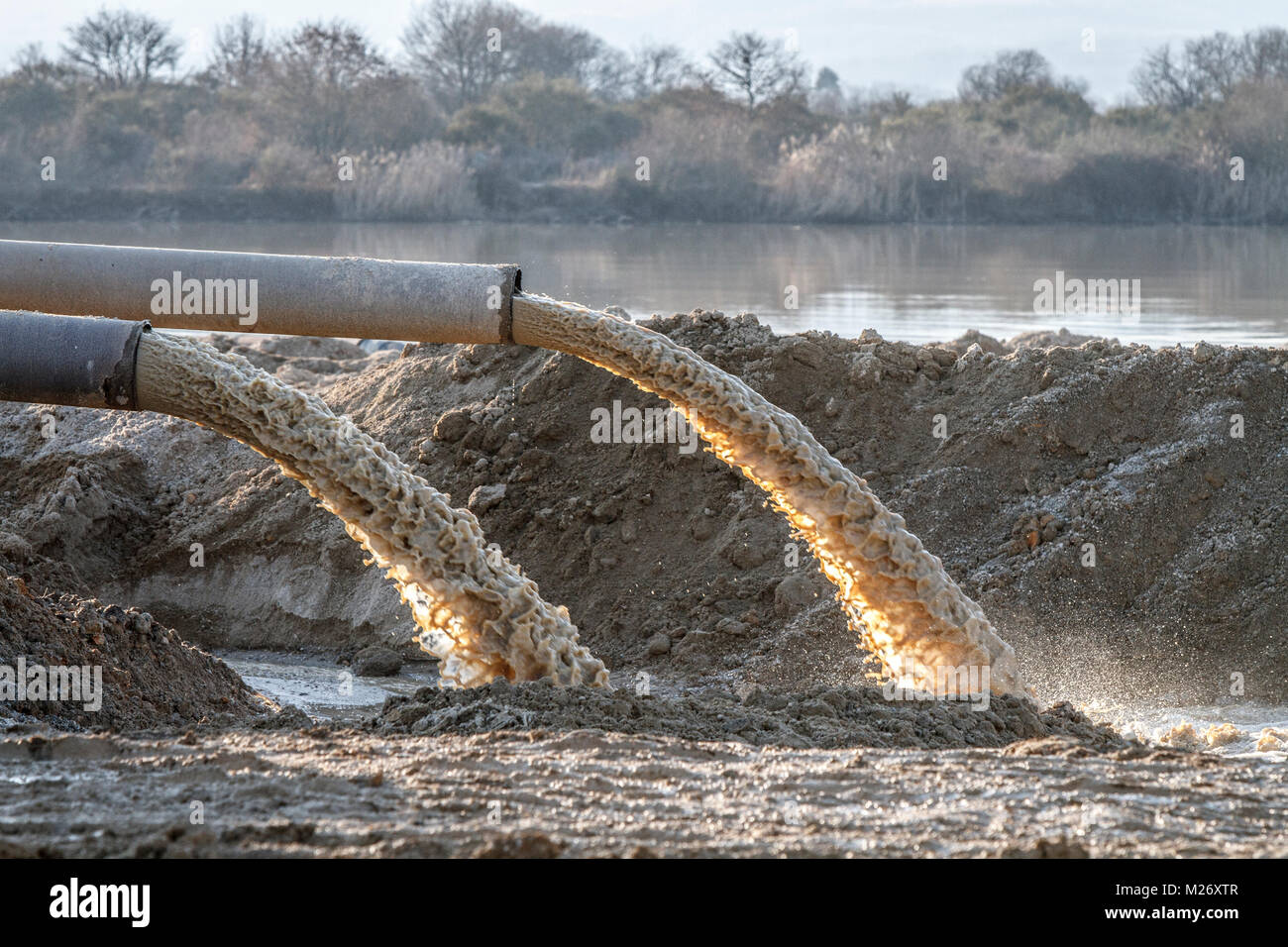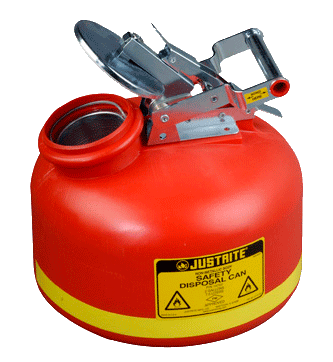Top Liquid Waste Disposal Melbourne: Trusted Solutions for Appropriate Waste Administration
Wiki Article
Recognizing the Comprehensive Refine of Fluid Waste Disposal: Ideal Practices and Environmental Impact Considerations
The monitoring of liquid garbage disposal is a diverse concern that needs a detailed understanding of different best methods and their connected ecological impacts. From the sorts of liquid waste generated to the methods used for collection, treatment, and final disposal, each step plays an essential role in securing environments and public health and wellness. As regulatory requirements progress and innovation advancements, the conversation around these procedures ends up being progressively important. What implications do these adjustments hold for future sustainability efforts, and just how can stakeholders guarantee that they are sufficiently attended to?Types of Liquid Waste
Recognizing the numerous types of fluid waste is important for reliable management and disposal methods. Liquid waste can be generally categorized into numerous types, each needing one-of-a-kind handling and treatment methods.Industrial liquid waste typically has dangerous products, consisting of heavy steels, solvents, and chemicals, produced during manufacturing processes. These wastes require strict regulative conformity to shield human health and the environment. Domestic liquid waste primarily describes wastewater produced from homes, including sewer and greywater, which, although much less hazardous, can still position considerable dangers if incorrectly taken care of.
Agricultural liquid waste, including overflow from ranches, typically has plant foods and chemicals that can result in ecological degradation otherwise dealt with appropriately. Medical fluid waste, generated from health care facilities, consists of polluted fluids such as physical liquids and chemicals, needing specialized disposal techniques to protect against infection and environmental contamination.
Last but not least, oil and grease waste, typically produced by dining establishments and automotive sectors, can trigger severe obstructions in drain systems if not managed appropriately. Understanding these categories assists in targeted methods for treatment, conformity with policies, and effective disposal methods, ultimately advertising environmental sustainability and public wellness safety.

Collection Techniques
Effective collection approaches are critical for the correct administration of fluid waste, ensuring that it is collected safely and efficiently before treatment or disposal. Numerous strategies are used depending on the kind of fluid waste generated, the quantity, and the particular qualities of the waste.One typical technique is using specialized collection containers or sumps, which are made to capture liquid waste at the resource. These systems typically incorporate pumps that assist in the transfer of waste to larger storage containers or therapy centers. In addition, mobile collection systems outfitted with vacuum innovation are employed in situations where waste is generated intermittently or in hard-to-reach locations.
For commercial setups, closed-loop systems can effectively reduce leakages and spills, enabling for the healing and reuse of fluid waste. It is additionally vital to train employees on proper collection procedures to minimize dangers associated with dangerous materials.
Additionally, executing regular upkeep schedules for collection tools makes sure ideal efficiency and safety and security. The combination of innovative surveillance systems can enhance collection efficiency by providing real-time data on waste degrees and potential hazards. Overall, efficient collection methods are fundamental to lasting fluid waste monitoring techniques.
Treatment Processes
Treatment processes play an important duty in the administration of fluid waste, transforming potentially harmful products right into recyclable resources or safe effluents - liquid waste disposal. These procedures can be generally categorized right into physical, chemical, and biological approaches, each customized to address certain pollutants present in the waste streamPhysical therapy approaches, such as sedimentation and purification, job by eliminating suspended solids and particle matter. These methods liquid waste disposal melbourne are typically the primary step in the therapy chain, properly minimizing the load on succeeding processes. Chemical therapies include making use of reagents to neutralize dangerous substances, precipitate hefty steels, or oxidize organic toxins, thereby improving the security of the effluent.
Organic therapy processes, including triggered sludge systems and anaerobic digestion, profit from the natural capacities of microbes to weaken raw material. These approaches are specifically effective for wastewater consisting of eco-friendly toxins. Advanced treatment modern technologies, such as membrane layer filtering and progressed oxidation processes, are progressively employed to attain greater levels of filtration.
Incorporating a mix of these therapy techniques not just guarantees conformity with regulatory requirements yet likewise advertises environmental sustainability by recovering useful sources from liquid waste.
Disposal Options
Just how can organizations ensure the secure and responsible disposal of liquid waste? Efficient disposal options are important for guarding public health and the environment. The key methods include land incineration, disposal, and treatment complied with by discharge right into metropolitan wastewater systems.Land disposal involves the careful control of liquid waste in designated garbage dumps, ensuring that it does not seep right into bordering soil or water. Incineration, on the other hand, topics liquid waste to high temperature levels, transforming it right into ash and gases, which need correct filtration to reduce emissions. This method appropriates for unsafe wastes that can not be dealt with with conventional methods.
In instances where liquid waste can be dealt with, companies might choose organic or chemical therapy procedures to counteract dangerous parts prior to releasing the dealt with effluent right into municipal systems. This route commonly aligns with regulative requirements, guaranteeing that the effluent meets safety and security requirements.
Eventually, organizations need to perform extensive analyses of each disposal option to identify its stability, thinking about aspects such as waste structure, governing compliance, and prospective threats to health and wellness and the atmosphere. By selecting ideal disposal approaches, organizations can add to an accountable waste management method.
Environmental Influence
The environmental impact of fluid waste disposal is an important consideration for organizations seeking to lessen their ecological footprint. Additionally, the discharge of neglected or improperly dealt with waste right into surface area waters can result in eutrophication, leading to oxygen exhaustion and the subsequent fatality of fish and other microorganisms.
To reduce these effects, companies need to take on best techniques such as implementing rigorous waste treatment processes, advertising recycling and reuse, and adhering to governing standards. By taking a positive method to fluid waste administration, entities can considerably lower their environmental impact find more information while sustaining lasting advancement goals. Inevitably, an extensive understanding of the ecological impacts connected with liquid garbage disposal is crucial for educated decision-making and accountable stewardship of look at this site natural resources.
Conclusion
Efficient monitoring of fluid waste is critical for guarding environmental honesty and public health. By adopting ideal methods in therapy, collection, and disposal, along with adherence to regulatory criteria, the possibility for harmful contamination of communities can be considerably lowered. Constant advancements in modern technology and processes contribute to lasting waste administration initiatives. Eventually, a comprehensive understanding of fluid waste disposal not just reduces environmental impacts however additionally fosters a dedication to responsible source administration and ecological stewardship.The monitoring of liquid waste disposal is a diverse problem that needs a comprehensive understanding of numerous best techniques and their associated environmental effects. From the kinds of liquid waste produced to the methods used for collection, treatment, and final disposal, each step plays a vital duty in protecting ecological communities and public health and wellness.The ecological effect of fluid waste disposal is an important factor to consider for organizations seeking to minimize their environmental footprint. Eventually, an extensive understanding of the ecological influences linked with liquid waste disposal is vital for informed decision-making and responsible stewardship of natural sources.
Inevitably, a comprehensive understanding of fluid waste disposal not only alleviates environmental influences but also fosters a dedication to liable resource administration and ecological stewardship.
Report this wiki page